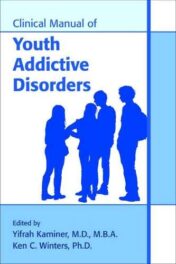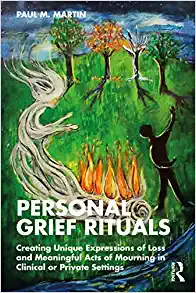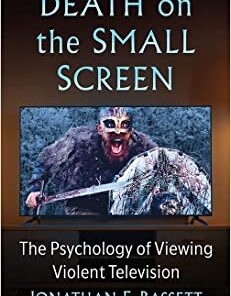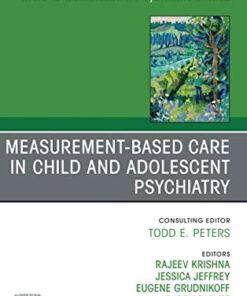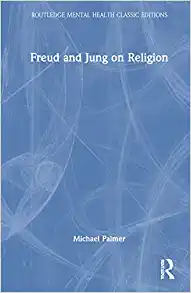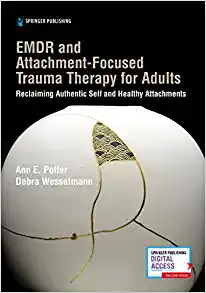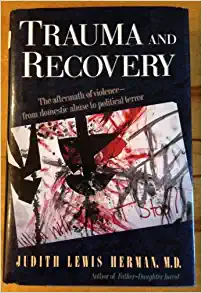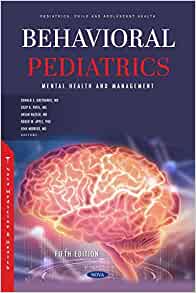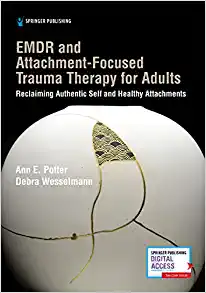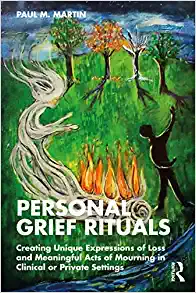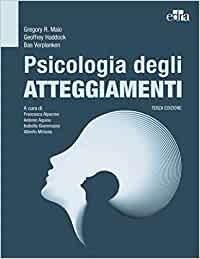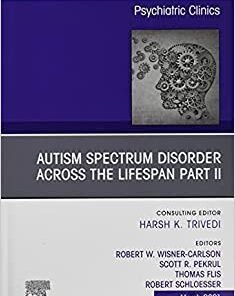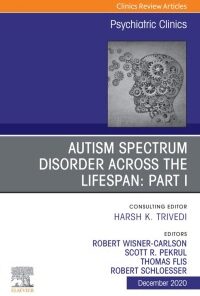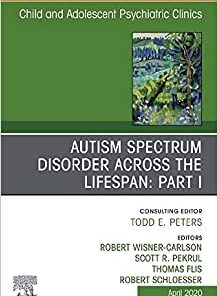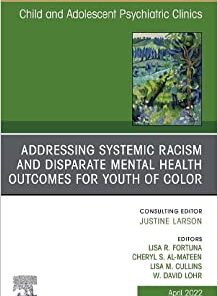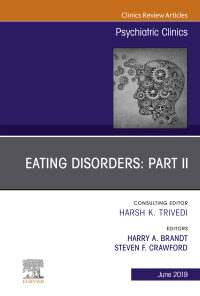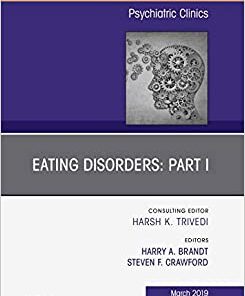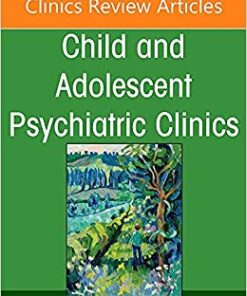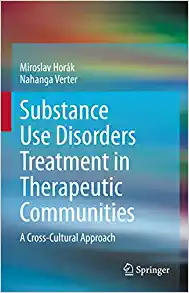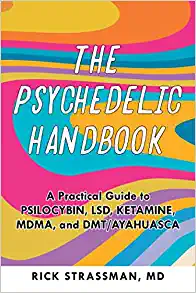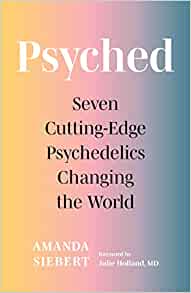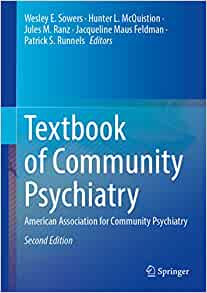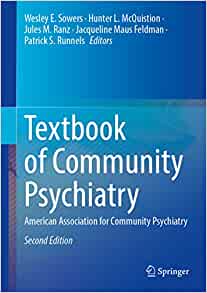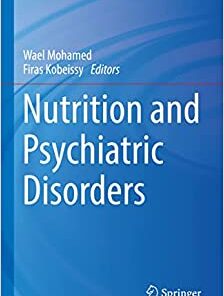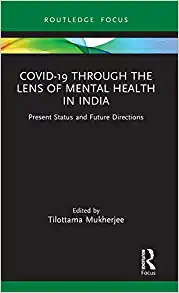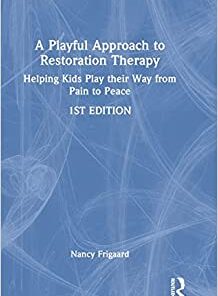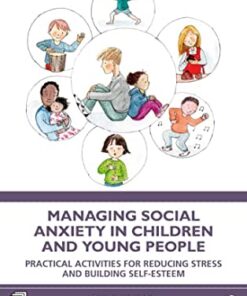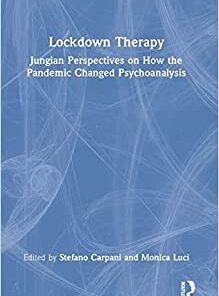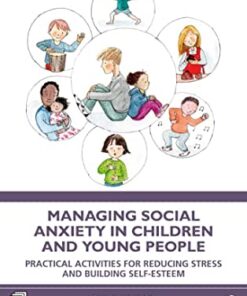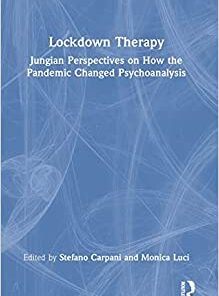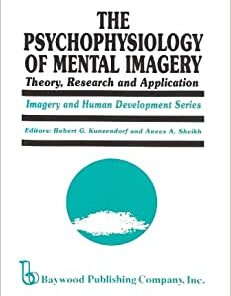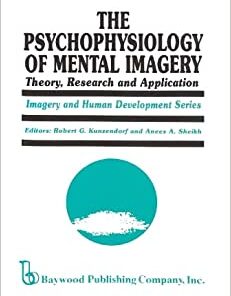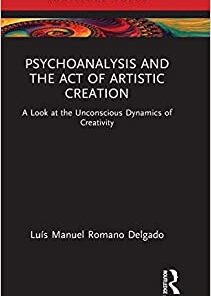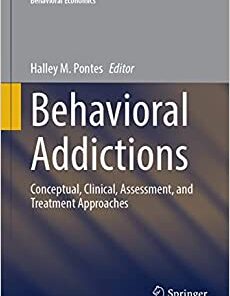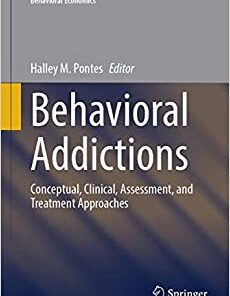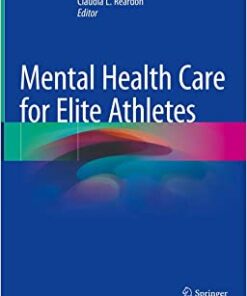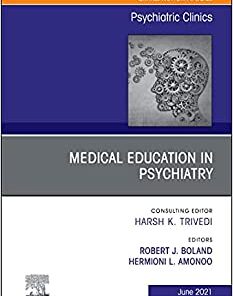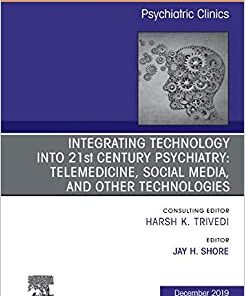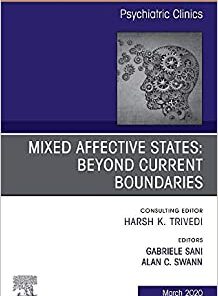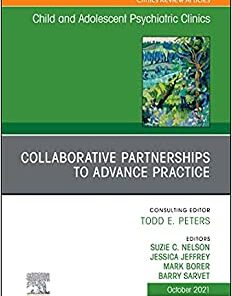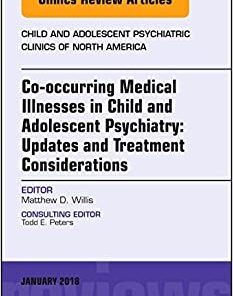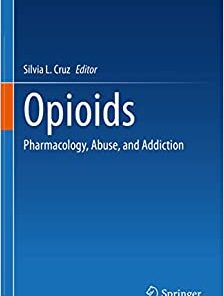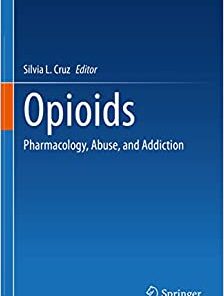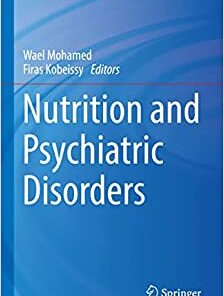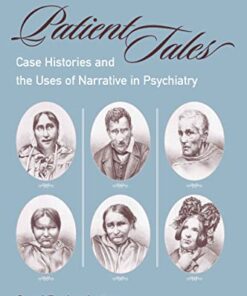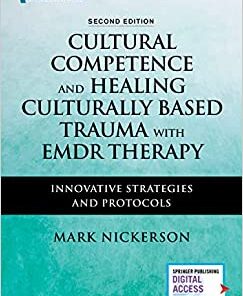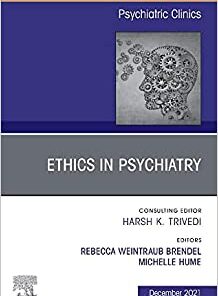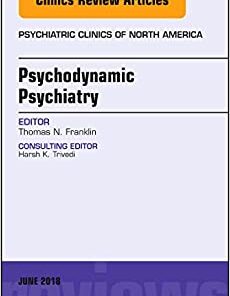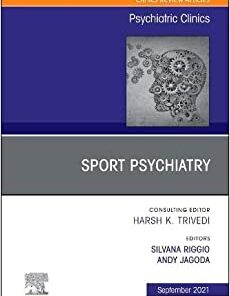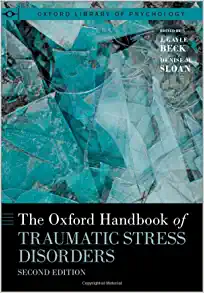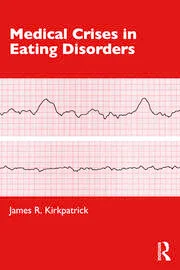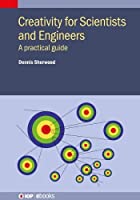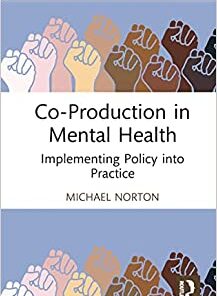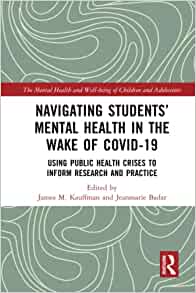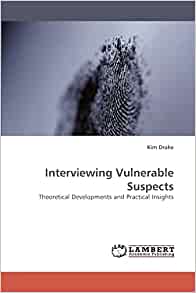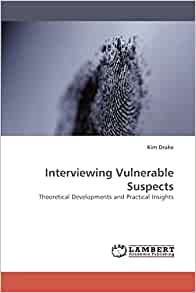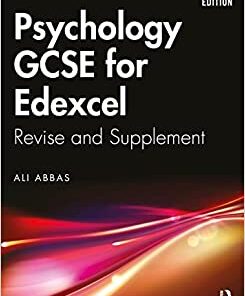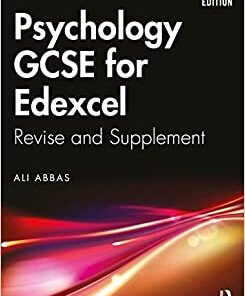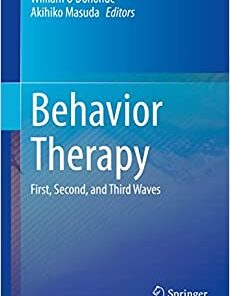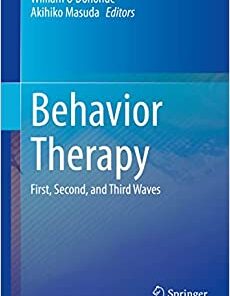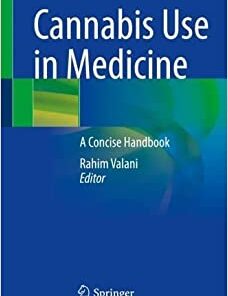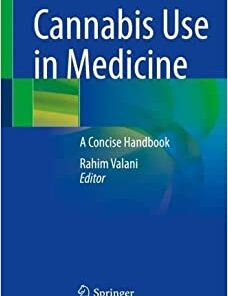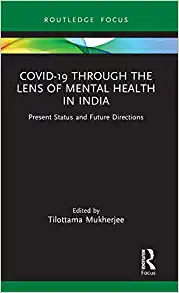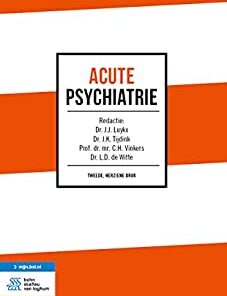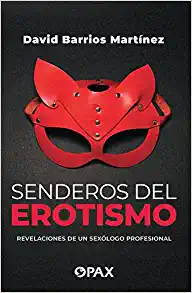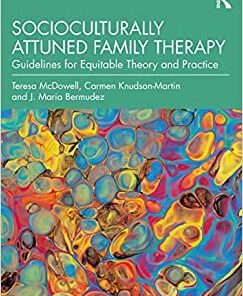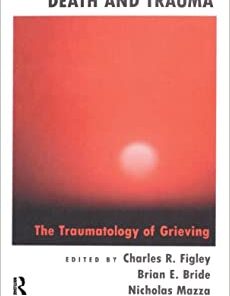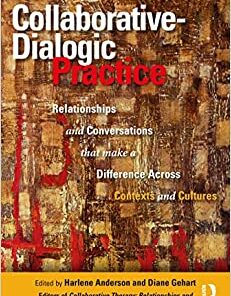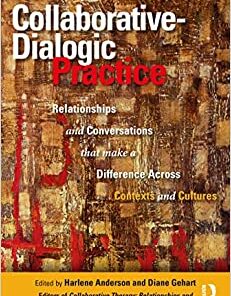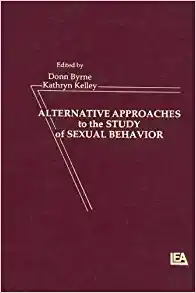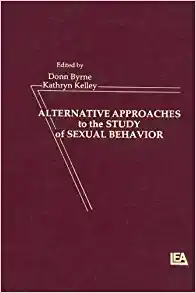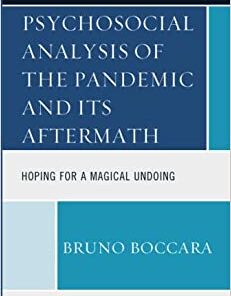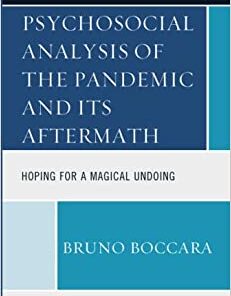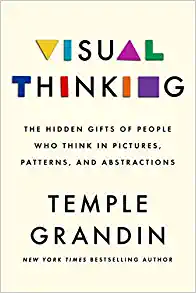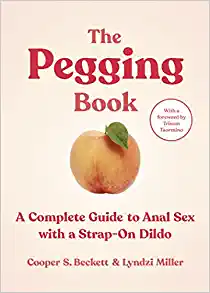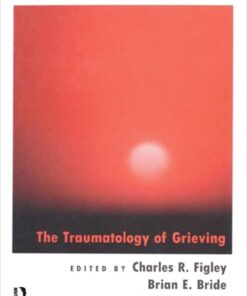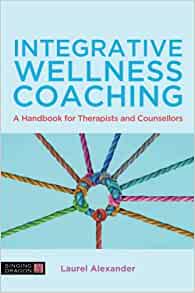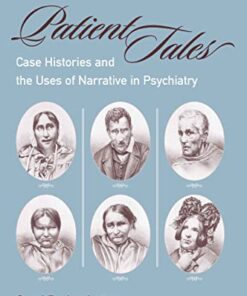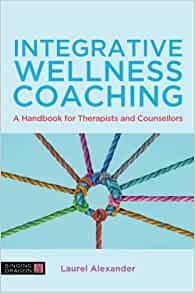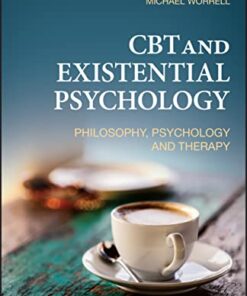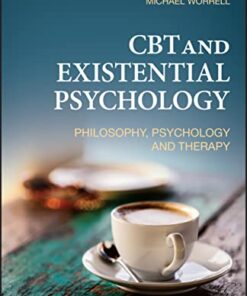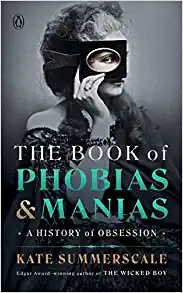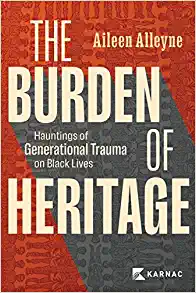Clinical Manual of Youth Addictive Disorders (Original PDF)
This long-awaited follow-up to the classic text Clinical Manual of Adolescent Substance Abuse Treatment presents the latest research on substance use and substance use disorders (SUDs) in adolescents 12–18 and emerging adults 18–25 years of age. This new manual offers a substantive update of the previous manual’s 16 chapters, offering 7 additional chapters devoted to important new topics, such as pediatric primary care assessment and intervention, electronic tools, specific substances (e.g., cannabis, opioids, alcohol), and much more. Psychiatrists, psychologists, social workers, and substance abuse specialists, as well as applied researchers and public health professionals, will find this new manual a research-rich and clinically compelling resource for understanding disease course, prevention, diagnosis, substance-specific interventions, co-occurring disorders, and issues related to special populations.
The strengths of this text, edited by two of the foremost experts on addiction among youth, are many: Because youth are not simply “miniature adults,” the book uses a developmentally informed approach to understand the onset of substance use and the trajectory to SUD and behavioral addictive disorders. An extensive section of the book is devoted to epidemiology, diagnosis, and interventions for specific substances of abuse, including alcohol, tobacco, cannabis, and opioids. The full range of interventions are described for each, including pharmacotherapy, cognitive-behavior therapy, motivational enhancement, and psychosocial strategies. An introduction on the nature of the association between co-occurring disorders is followed by chapters on internalizing disorders (such as depression), suicidal behavior, psychotic disorders, externalizing disorders (such as attention-deficit/hyperactivity), and behavioral addictions Special chapters are devoted to the management of youth with SUDs in the juvenile justice system and the consequences, for the child, of maternal substance use during pregnancy. Advances in research and clinical strategies make both topics timely. Three appendixes complete the book. The first offers resources for screening and assessment tools, the second provides a select list of websites for parents who are seeking advice and resources about drug prevention and intervention, and the third lists websites containing general information about self-help, including how to find local AA or NA meetings.
Emerging research on developmental psychopathology and adolescent development has implications for how we view current prevention, intervention, and treatment paradigms, and Clinical Manual of Youth Addictive Disorders is indispensable in helping the reader understand and implement effective strategies for these patients and their families.
Related Products
PSYCHIATRY BOOKS
PSYCHIATRY BOOKS
PSYCHIATRY BOOKS
PSYCHIATRY BOOKS
Psyched: Seven Cutting-Edge Psychedelics Changing the World (EPUB)
PSYCHIATRY BOOKS
PSYCHIATRY BOOKS
PSYCHIATRY BOOKS
PSYCHIATRY BOOKS
Mental Health Care for Elite Athletes (Original PDF from Publisher)
PSYCHIATRY BOOKS
PSYCHIATRY BOOKS
PSYCHIATRY BOOKS
PSYCHIATRY BOOKS
PSYCHIATRY BOOKS
PSYCHIATRY BOOKS
PSYCHIATRY BOOKS
PSYCHIATRY BOOKS
Collaborative-Dialogic Practice (Original PDF from Publisher)
PSYCHIATRY BOOKS
PSYCHIATRY BOOKS
Alternative Approachies To the Study of Sexual Behavior (EPUB)
PSYCHIATRY BOOKS
Psychosocial Analysis of the Pandemic and Its Aftermath (EPUB)
PSYCHIATRY BOOKS
PSYCHIATRY BOOKS
PSYCHIATRY BOOKS
The Book of Phobias and Manias: A History of Obsession (EPUB)

